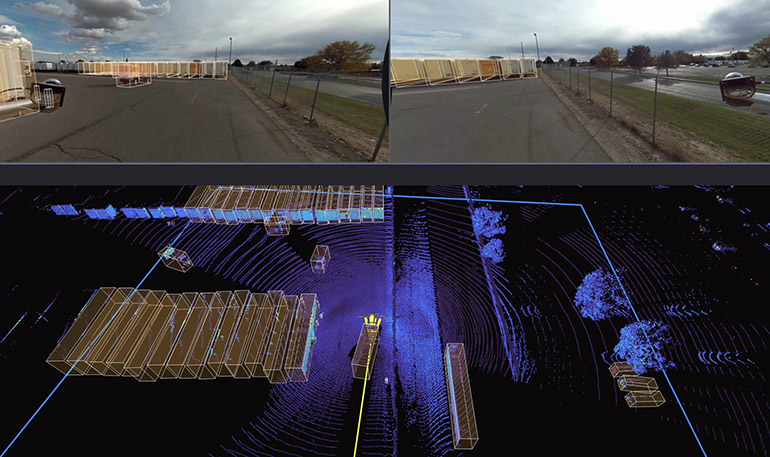A new swimming robot has mastered the dog paddle, bringing a classic pet move to the world of technology. Scientists have created what might be the most water-friendly robot dog yet. Called the Amphibious Robot Dog (ARD), this small machine can walk on land and swim through water with impressive skill. Unlike other robot dogs that struggle in water, ARD was specifically built to handle both environments well.
Small But Mighty
The robot comes from a team led by professors Yunquan Li and Ye Chen at the South China University of Technology. Despite its small size—just under 12 inches long and weighing 5 pounds—this mechanical pup packs impressive movement abilities.
On land, ARD can trot along at speeds reaching 1.2 body-lengths per second. When swimming, it still moves at a respectable 0.54 body-lengths per second. For comparison, real dogs typically swim at about 1.4 body-lengths per second when dog-paddling.
Not Just Waterproof, But Actually Made for Swimming
What makes ARD special isn't just that it can survive in water. The scientists carefully designed it with swimming in mind, balancing its center of gravity and buoyancy to ensure stable performance in water.
The research team tested three different swimming styles for their robot:
- Two variations of "lateral sequence paddling gaits" (essentially dog-paddle styles)
- A "trot-like paddling gait" where diagonal pairs of legs move together
Testing showed that a dog-paddle style with 33% power phase proportion gave the fastest swimming speed, while the trot-like movement offered more stability.
"This innovation marks a big step forward in designing nature-inspired robots," said Professor Li. "Our robot dog's ability to efficiently move through water and on land is due to its bioinspired trajectory planning, which mimics the natural paddling gait of real dogs."
Why Swimming Robots Matter
The ability to swim could make robot dogs much more versatile for real-world applications. These machines could potentially help with search and rescue operations in flood zones, coastal monitoring, or underwater inspections where traditional robots might struggle.
The research details were recently published in the scientific journal Bioinspiration & Biomimetics, highlighting the growing trend of engineers looking to nature for design inspiration.
As robot technology continues to advance, we might soon see more machines that can navigate multiple environments with the same ease as the animals that inspired them.


















